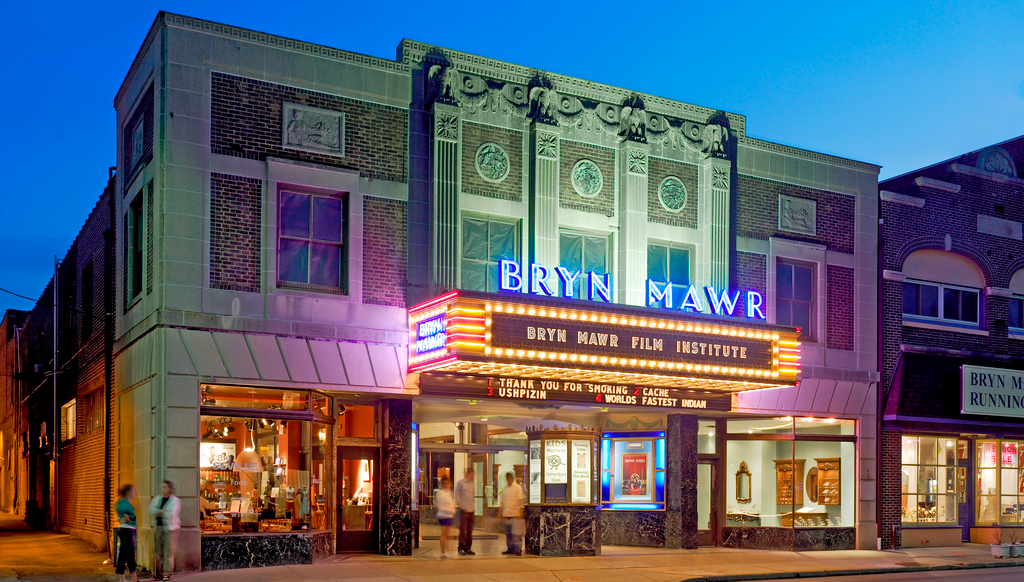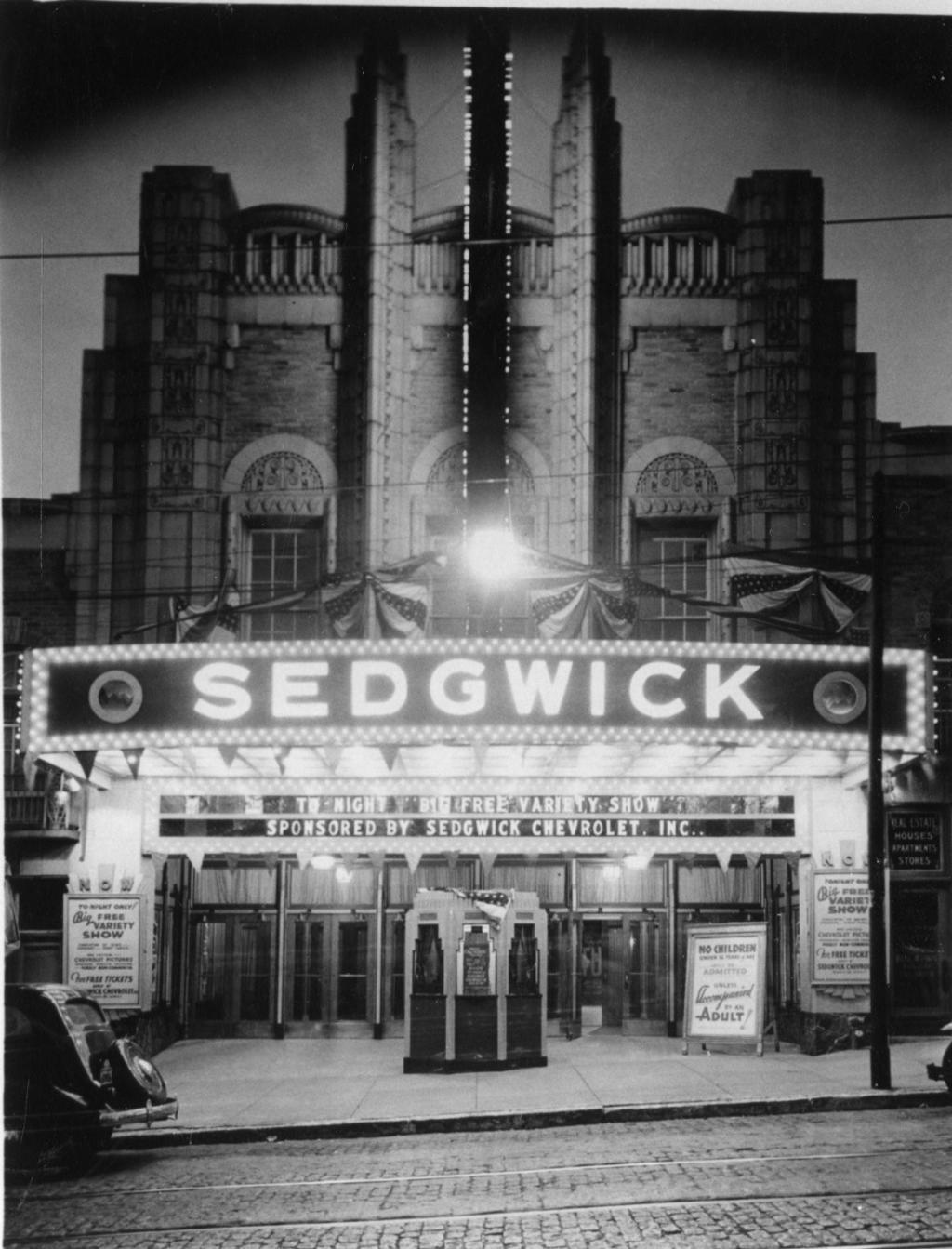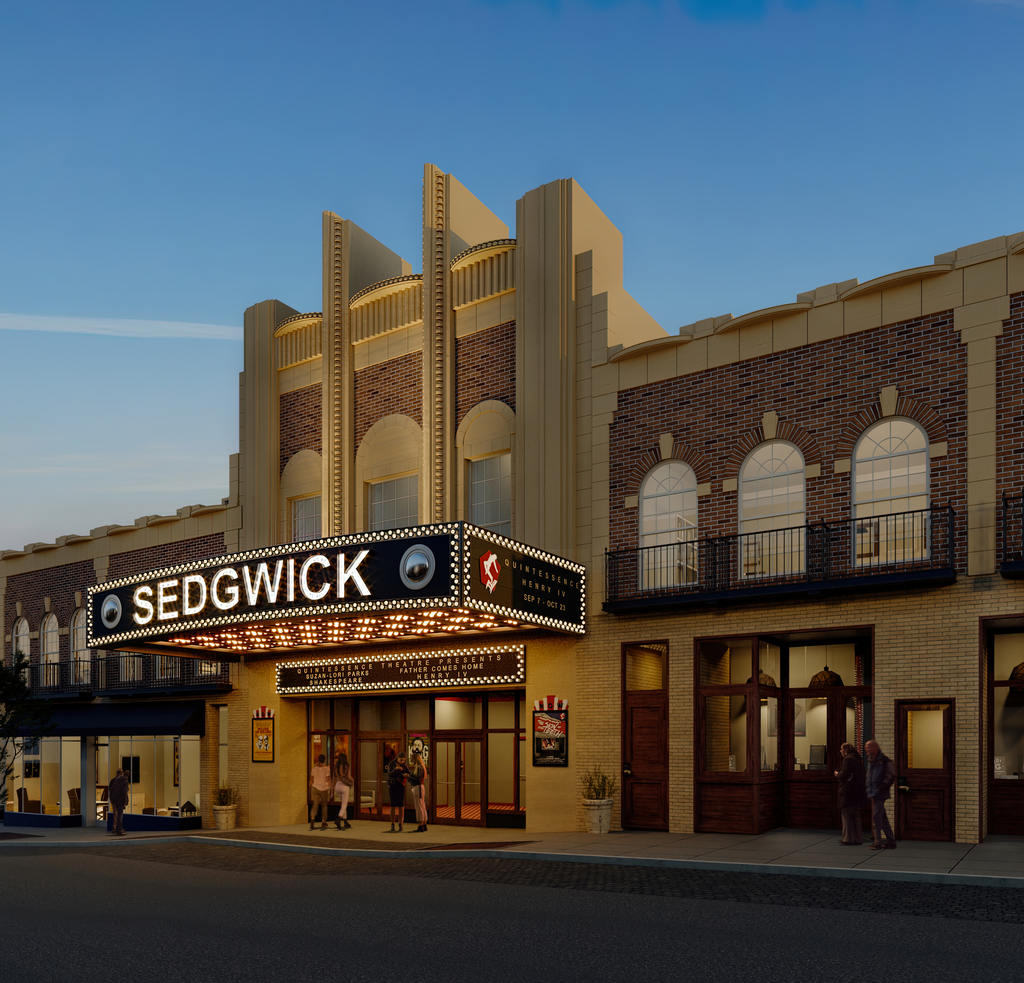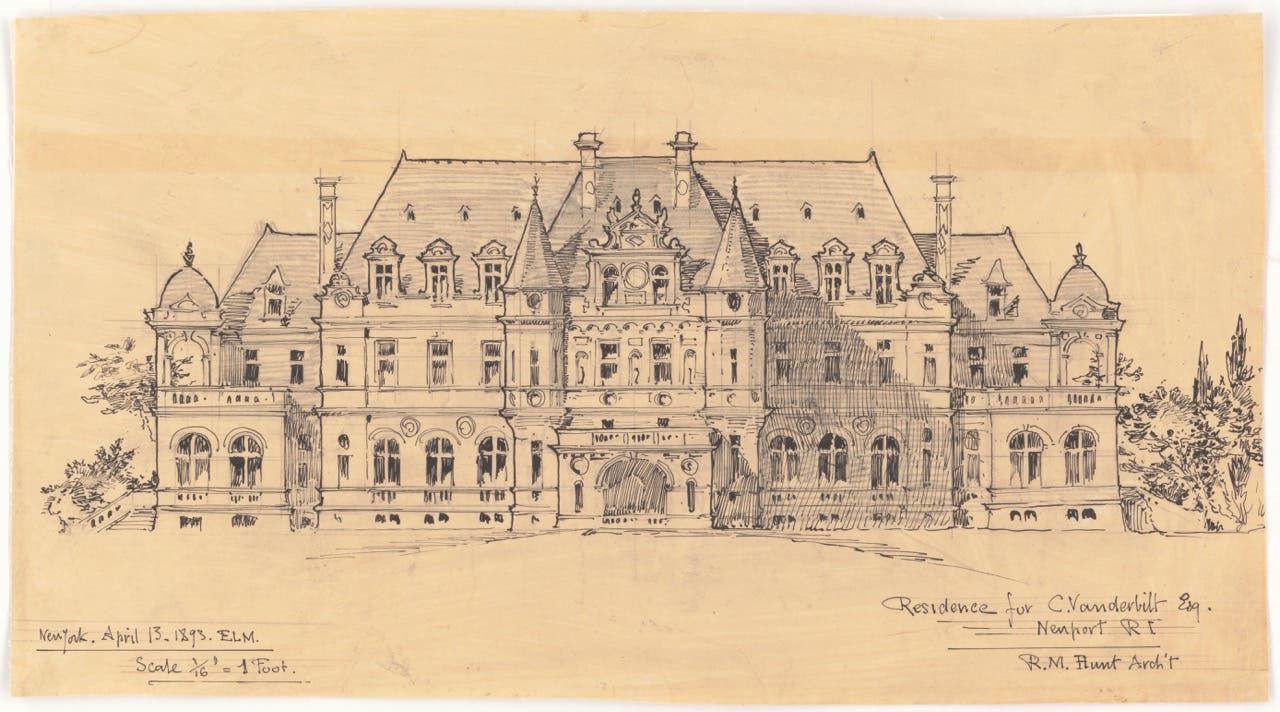
Features
Bringing Back Cinemas with Daniela Holt Voith
There is something special about going to a movie theater, in particular, the local cinema. It’s a haven, a fantasy world, an event that fills our minds with dreamy nostalgia and incredible stories. Movie afternoons and evenings are unforgettable, whether for the very first movie we ever saw, that inimitable scent of freshly buttered popcorn, or the incredible community feeling that comes with sitting anonymously together for a few hours in a climate-controlled screening room.
Philadelphia-based architect Daniela Holt Voith of Voith & Mactavish Architects LLP is also in the business of making stories—architectural designs, spaces, and places—private and public, residences, businesses, and universities, that reflect identity, goals, and atmosphere. The group is known for restoration, preservation, adaptive reuse, and creating modern additions to historic buildings, so cinema should come as no surprise.
Voith loves movies. For more than a decade, she’s brought Voith & Mactavish to the cinema, restoring two Philadelphia-area theaters—the repertoire Bryn Mawr Film Institute (formerly the Seville) and Doylestown County Theater. Both are historic, boasting nearly one hundred years each. In their heydays, they were the downtown hubs for the surrounding community, but both suffered significant decline in upkeep and audience. Voith and her team investigated structure and purpose, past, present and future, in the restoration, with different solutions.
“Whether we’re working with a new building, within a historic context, or if we’re working with a historic building, and trying to bring it to community contemporary uses—these are the questions that we’re always grappling with. And a great pleasure of ours is taking a historic building, making it not only function well but also improving the building envelope, making sure that it’s well insulated, that the bones of the building are preserved, so there’s a pure preservation aspect to it, as well as an adaptive reuse aspect,” tells Voith.
The restoration of the County included its Art Déco facade in 2009 (by a different firm) and recently a new theatre and lobby, which the team designed in line with the original blue and yellow metal paneling. The ex-Seville was a multi-phase project beginning with marquee restoration, followed by its atrium (a two-and-a-half-story space with gorgeous glass paneling that had been blacked out and boarded up since the 1940s), and culminating in the addition of two small screening rooms. Unlike the County, the expansion is not visible from the main street.
“This whole idea of restoring and adding additional vibrancy to the main streets gives joy to my heart, because the towns become more walkable, people are more likely to go out and walk to a movie theater, then go and have a drink, or have dinner beforehand, and then go to see a film. It gives more depth than saying, Oh, I want to go see a movie, so I’m going to drive out to the shopping mall, and see it in some megaplex,” shares Voith.


Breathing new life into cinemas is a passion for Voith. Voith & Mactavish Architects LLP’s next project is the Sedgewick theater in Philadelphia’s Mount Airy neighborhood where Voith herself grew up. Leading the projects is John Cluver, partner and head of preservation. While the restorations of the County and the Bryn Mawr Film Institution were about evolution, the Sedgwick project is a transformation, restoring and converting the movie theater into a performance theater. Likewise, Voith & Mactavish transformed the Baldwin School’s (on the grounds of a Frank Furness building) decades-old gym into a theater.
It’s worth noting that Philadelphia has been a big part of Voith since her youth. Along with catching films at the Sedgwick, she played basketball at Baldwin School during her years at Germantown Friends, and while at Bryn Mawr College, she was part of its Main Street community. In 1988, she founded Voith & Mactavish and reigns as the founder of Philadephia’s oldest continuously operating woman-owned architecture firm.
1 What is your first cinema memory?
I have an incredibly strong memory of going [to the Sedgwick] when I was maybe six, seven with my grandmother, who lived very close to us. She and I walked up, and it was a matinee of The Three Stooges. I found this movie so impossibly scary, I had to run into the lobby which was only separated from the theater by a screen. So there I was in the lobby, and I was kind of peering through the screen.
2 How did you get your start in cinema restoration?
The woman who was in charge of the Bryn Mawr Film Institute was also a trustee at Bryn Mawr College (Voith’s alma mater). Somehow, she knew of me. We interviewed with her, and we put together a really fun interview. At either the beginning or the end of the interview, we had something that looked like scrolling screen credits that had the team members on it. She just thought it was hilarious, and that we would be fun to work with, and so she hired us.
3 How are you bringing the past to the present and future?
[This is] core to our practice in almost every project that we do. Whether we’re working with a new building within a historic context, or if we’re working with a historic building and trying to bring it to contemporary uses, it’s really, this is the question that we’re always grappling with. And a great pleasure of ours is taking an historic building, making it not only function well, but also improving the building envelope, making sure that it’s well insulated, that the bones of the building are preserved.
4 What is the importance of the historic cinema to the American communities?
Movie theaters have taken a hit because everybody can watch stuff at home. But there’s still a huge difference between watching something on even your home theater, if you’re lucky enough to have one, and seeing something on the big screen, and really being immersed in that visual and auditory experience. Both the Bryn Mawr Film Institute and the County Theater are really involved in not just displaying film, but also in film education, and so they’ve become intellectual centers as well. When you think about the creation of movies, it’s a great script, there are incredible actors, there’s all the technical skill that goes into it ... then there’s just the photography, which is a huge skill in and of itself, then there’s the music. So it’s bringing all of those creative endeavors and the gearhead technical side together to produce an amazing work of art. I think people are really excited by that. It’s not just, “Oh, I’m going to go escape for an hour and a half,” it’s really enjoying all aspects of film in a way that you can’t really replicate at home. That’s why it’s important to have these theaters. Having a destination in an historic town center invigorates all of the activity on those streets.








